How to Take Great Photos on an African Safari
By Lucille Sive
An African safari is a once-in-a-lifetime experience for many travelers and that’s why it is an amazing opportunity to capture the essence of Africa in amazing photograph.
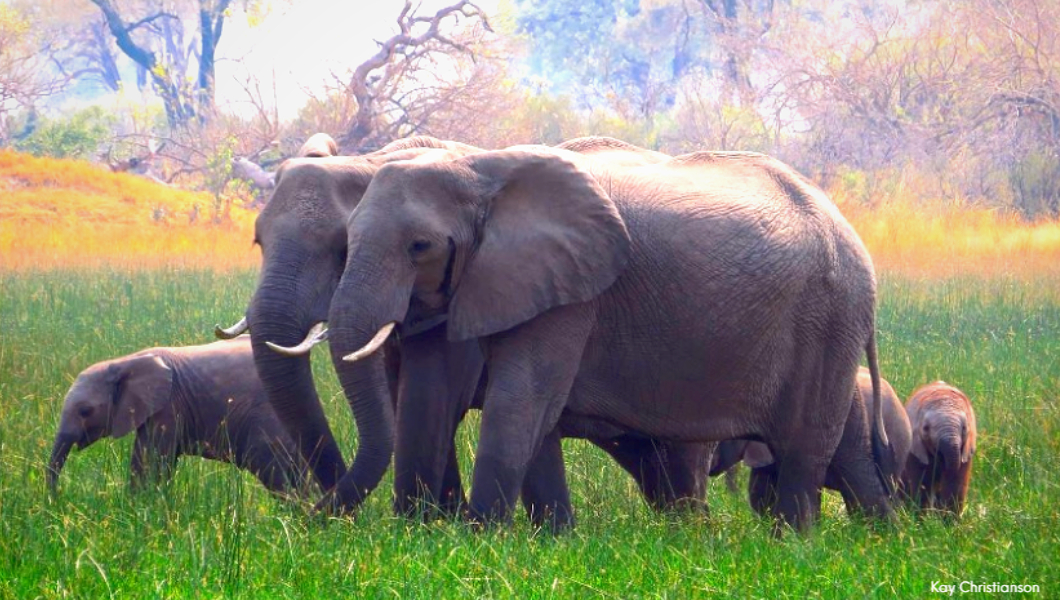
With the proliferation of smartphones more people have become photography enthusiasts. A camera phone or an inexpensive point-and-shoot is not going to give you the quality images. That said, I do use my smartphone from time to time to take pictures while I am traveling.
On my trips to Africa, I have watched many people taking photos. Some people do their homework and come well-equipped. Others are disappointed because they wished that they had brought a better camera.
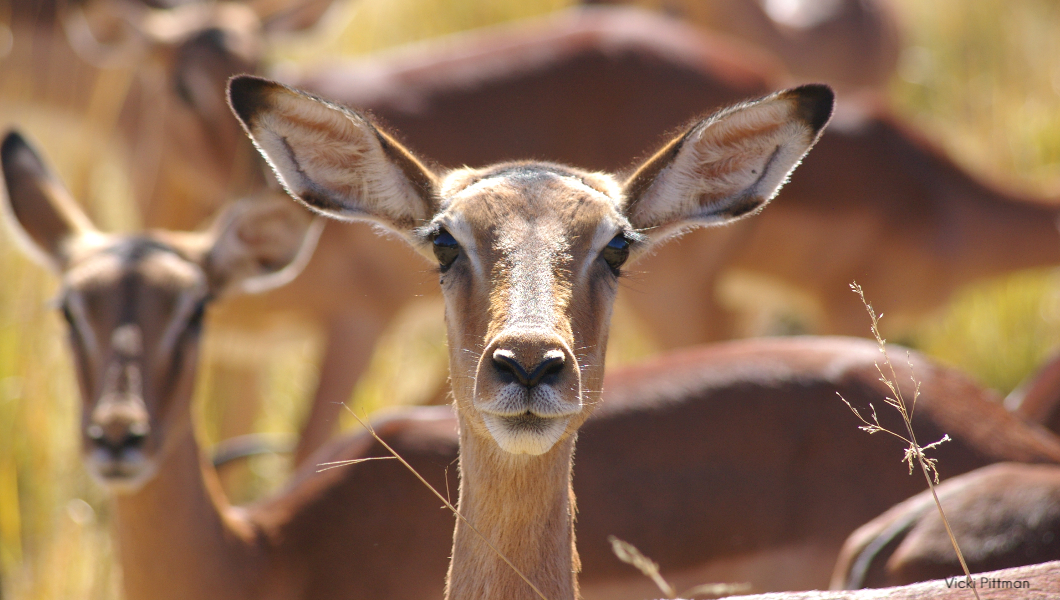
Photo by Lion World Traveler Vicki Pittman
Focus on
1. Getting that rare image
2. Be prepared when the opportunity comes along to capture the best photograph
3. Do not allow your camera to overtake your experience
There is a whole world out there and pictures only capture the images. Be ready with your camera at all times, as you never know what is going to happen next. Animals may suddenly appear and disappear just as quickly. Leopards leap from trees in a blink of an eye and kills happen in a burst of fur and snarls.
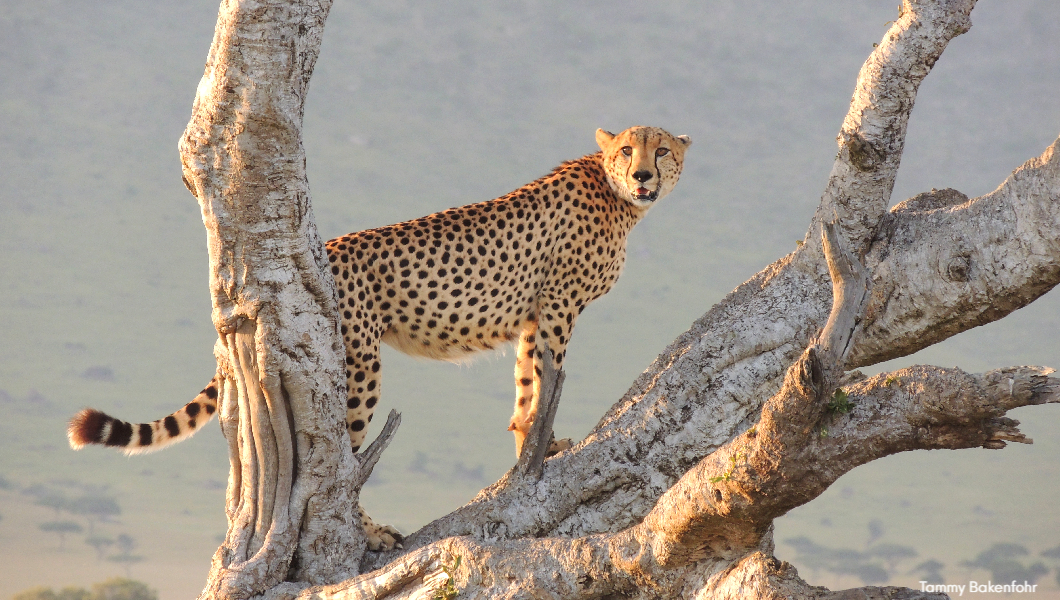
Photo by Lion World Traveler Tammy Bakenfohr
Know Before You Go on Safari
The national parks in Africa are huge expanses of wilderness where the animals roam freely. There are no guarantees of what wildlife you are going to see, as things in nature are unpredictable with different wildlife situations giving different viewing opportunities. The really great action-packed moments last for a very short time, even if you have been there watching for an extended period of time.
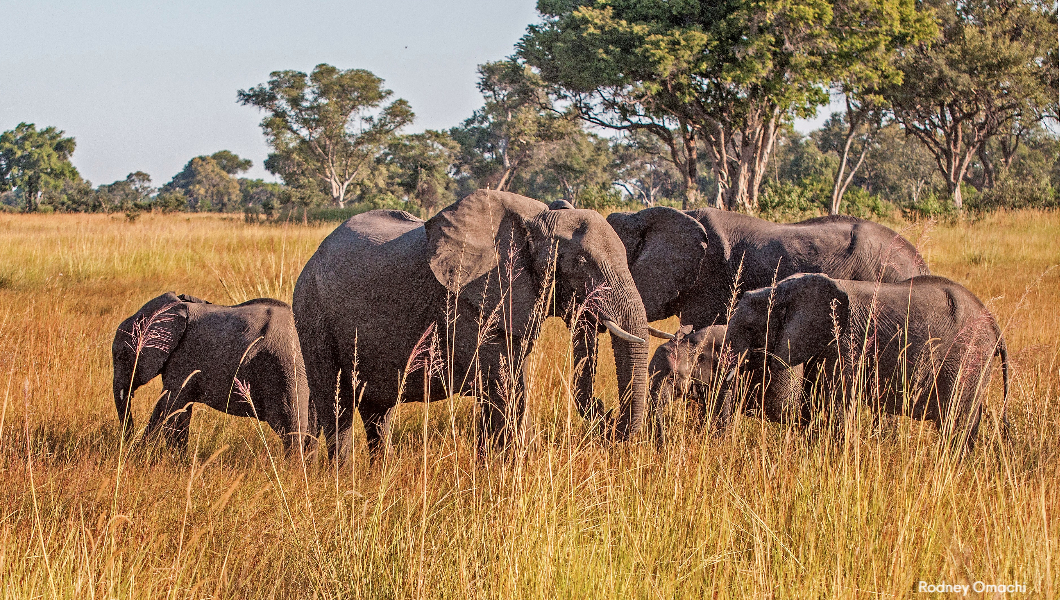
Photo by Lion World Traveler Rodney Omachi
Because the ideal time to venture out to see and photograph wildlife is early in the morning around sunrise when the natural light is best and the afternoon to make the most of the last hours of sunlight, most safari lodges/camps take their guests out at these times.
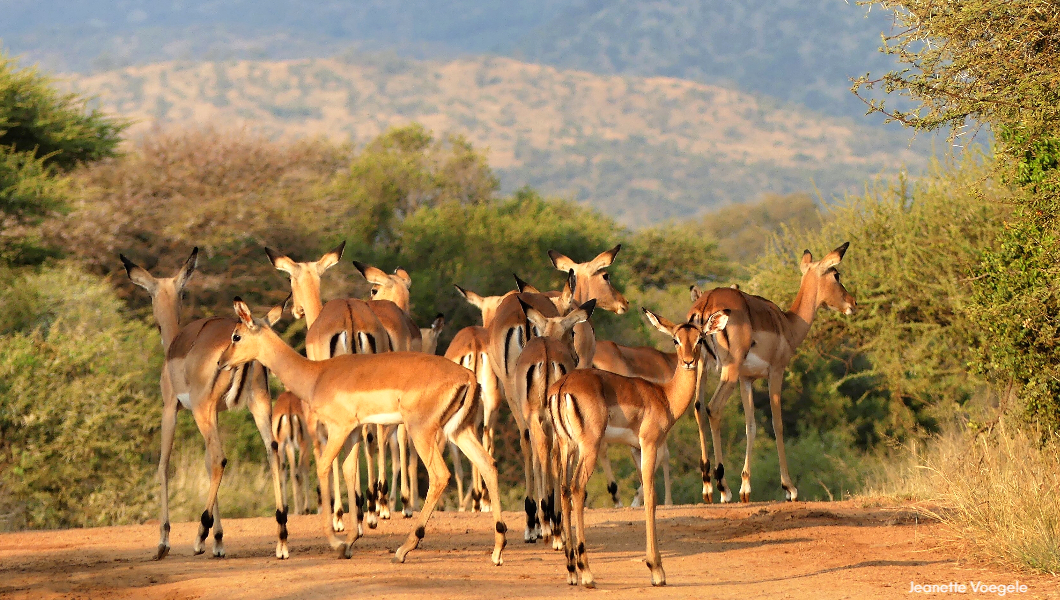
Photo by Lion World Traveler Jeanette Voegele
Choose the Right Camera
Most travelers think about buying a new camera before their big safari trip. The camera market is full of models and options. Cameras come with built-in zoom lenses, removable lenses, some are easy to carry and light-weight, others are big and heavy, they can be quite expensive and some very affordable, but which one should you choose? The question really is which camera will be best for your trip and also be one that you reach for after you get back from your trip and you will use on future trips.
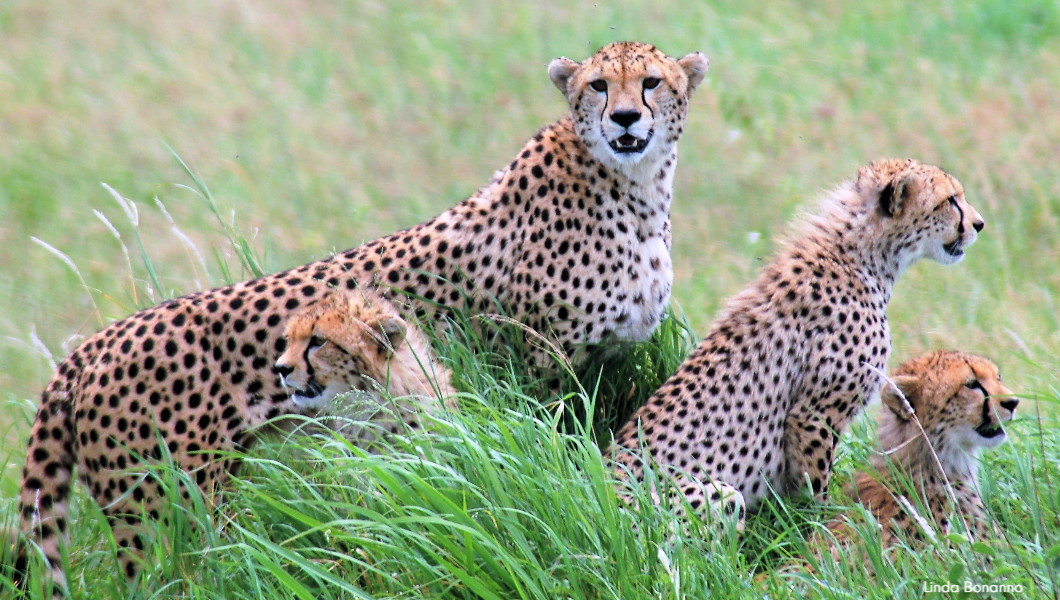
Photo by Lion World Traveler Linda Bonanno
Once you have chosen your camera, I suggest that you become completely familiar with the way it works. For instance, which is the anti-motion, or motion button? Does it have a landscape function? What sort of zoom range does it have? How do you set it on manual and change the aperture and shutter speed? Time spent in preparation will pay off when you are out on your game drives. Remember to take lots of pictures so that you get that one perfect shot.
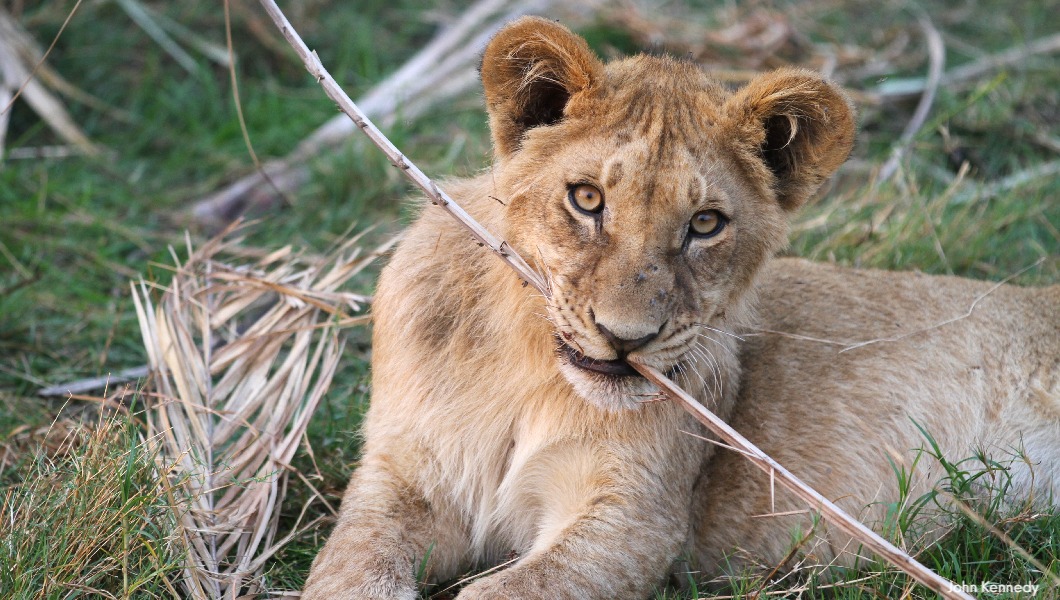
Photo by Lion World Traveler John Kennedy
Some General Information
• Look for a camera with a quiet shutter sound, as the loud clicking sound every time you take a picture will disturb and possibly scare off the subject of your photo.
• Bring plenty of spare batteries for your camera. If your camera battery comes with a charger, bring it too as many lodges will have charging points. If you are relying on disposable batteries, please note that they will be hard to find especially while you are on safari. Carry extra memory cards, as you will be taking lots of pictures.
• Most safari camps offer small beanbags for resting your camera and lens. These beanbags help to stabilize your shot while out on safari in a game vehicle.
• Respect the wildlife while you are on your African adventure. Don’t use flashes at a waterhole at night or on game drives.
• Make sure that you don't put yourself in danger. Never interfere with the natural behavior of the animals in order to take a better photo.
• Your qualified guide will also give you some pointers while on game drives and bush walks, where you will have the opportunity to take some incredible photos.
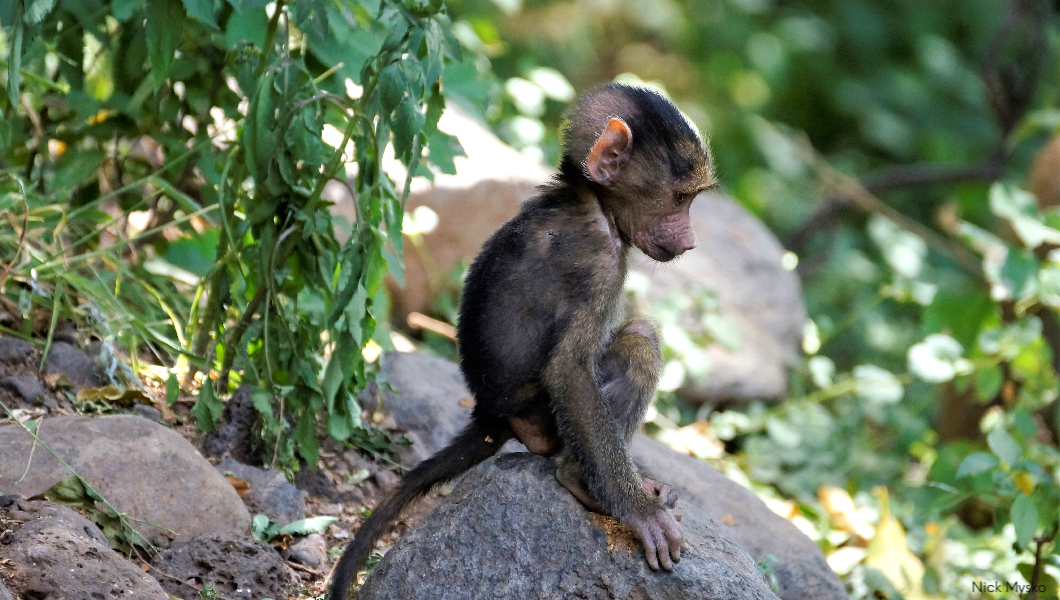
Photo by Lion World Traveler Nick Mysko
How to Take the Best Photos on Safari
• Photos are more interesting if you capture the setting, look at what is in the background and foreground that will improve or diminish your photograph.
• When taking close-up pictures, focus on the animal's eyes as this creates an engaging photograph.
• You don’t need to centre all of your shots. Leave room in your frame for the animal to move into. I suggest you use the rule of thirds when composing your picture. An image should be imagined as divided into nine equal parts by two equally spaced horizontal lines and two equally spaced vertical lines, and that important compositional elements should be placed along these lines. But just remember that rules are meant to be broken and ignoring this one doesn’t mean your images are necessarily unbalanced or uninteresting.
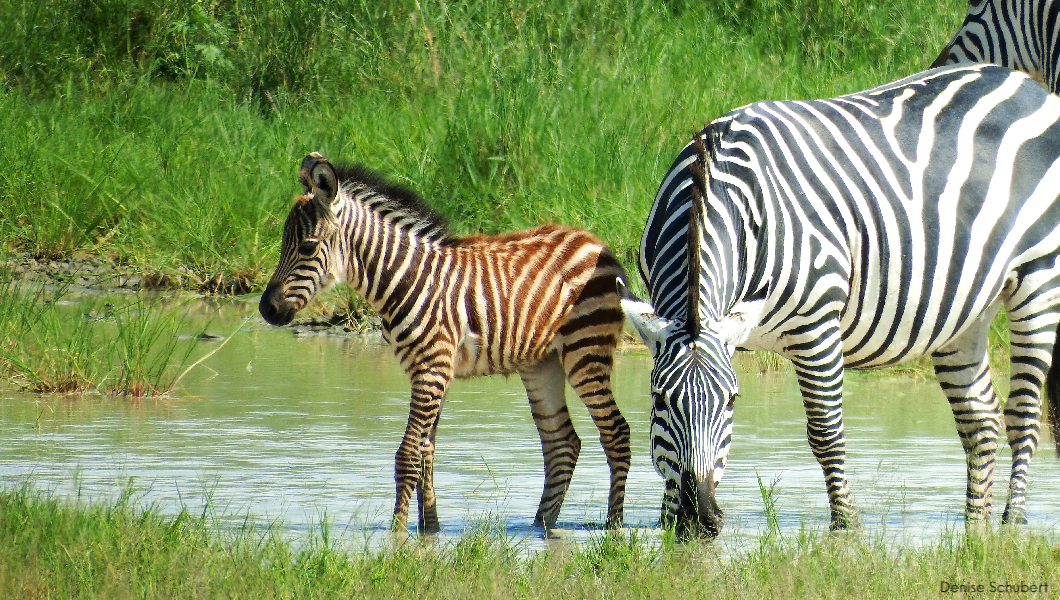
Photo by Lion World Traveler Denise Schubert
Final thoughts
• Pack your camera gear in a well-padded camera bag. Always take your camera equipment as hand luggage. You should insure your camera gear.
• There may be some part of your trip that will involve meeting people from local tribes with cultural backgrounds different from your own. Remember to always ask them if it is okay to take their picture.
• Finally, remember to stay in the moment and don’t get so caught up with your camera’s settings that you don’t take in the special moments that you are happening all around you.
We love to see your once-in-a-lifetime photographs and invite you to share them with us on our Facebook or Instagram pages with the hashtag #LionWorldTales.

